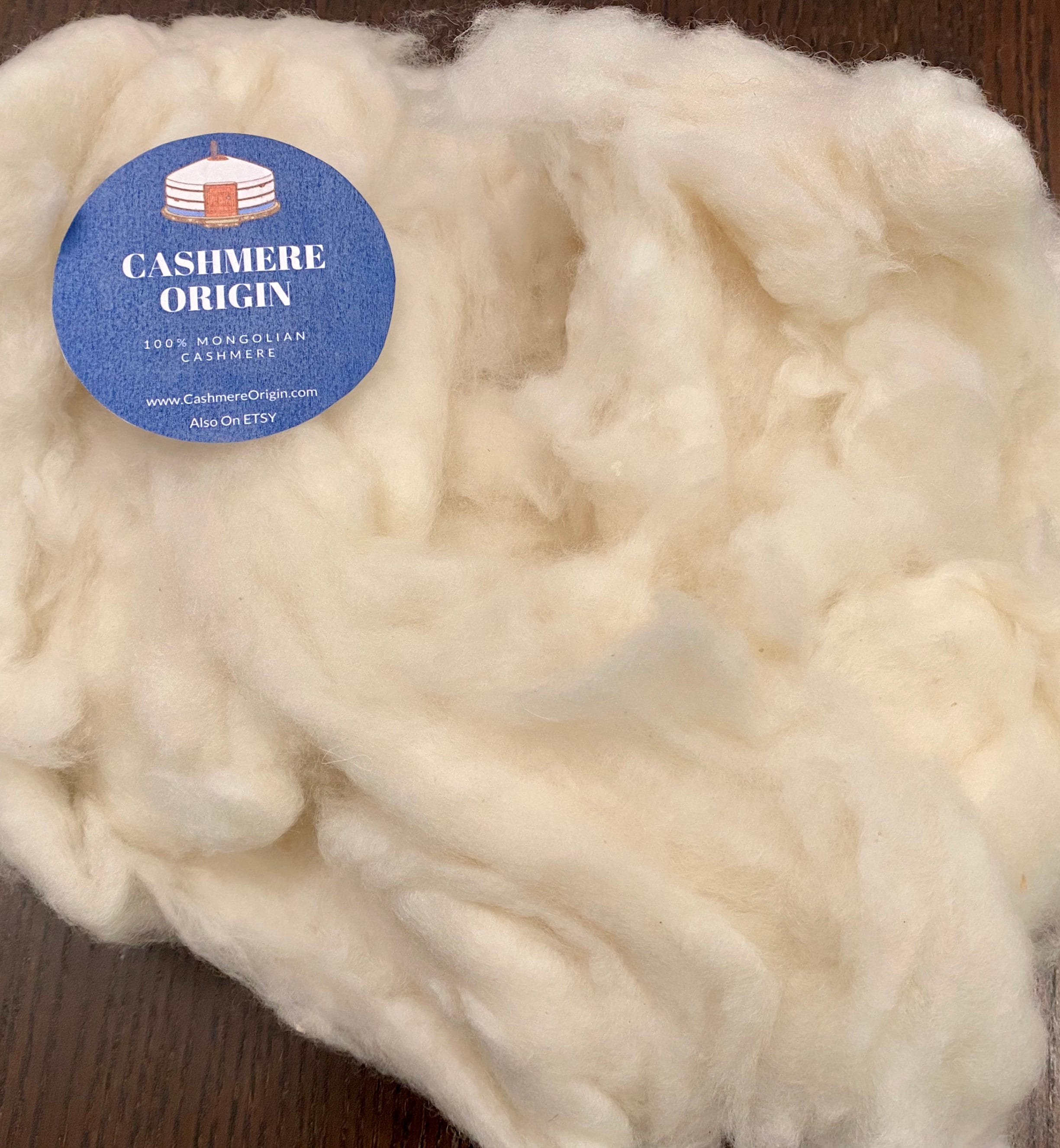Checking Out the Numerous Sorts Of Cashmere an All-natural Fiber for Ultimate Luxury
Cashmere, an all-natural fiber, is frequently related to luxury and comfort. Nonetheless, not all cashmere is created equivalent. From the highly soft Mongolian selection to the lightweight heat of Indian Pashmina, each type provides its very own unique functions and attraction. The more budget friendly Chinese cashmere, the conventional Scottish variation, and the premium Italian blend, all tell a different tale of this impressive fiber. As we decipher the world of cashmere, a much deeper understanding of its real worth and elegance begins to arise.
Understanding the Elegant Nature of Cashmere
Cashmere, usually associated with luxury and comfort, holds an unique allure on the planet of natural fibers. This soft, lightweight material is coveted for its extraordinary warmth and amazing sturdiness. Unlike various other natural fibers, cashmere combines insulation with breathability, providing exceptional comfort across varying temperatures. Its glossy coating and soft appearance add to its high-end allure, warranting the costs cost that typically comes with cashmere garments. Additionally, cashmere's inherent crease resistance and flexibility improve its value, making it a preferred selection for costs garments and accessories. Despite its fragile appearance, cashmere possesses a shocking strength, able to maintain its shape and luxurious feeling gradually. This distinct mix of features cements cashmere's position as an icon of beauty and indulgence.
Just What Is Cashmere and Where Does It Originate from?

Given these phenomenal high qualities, one could question the beginning and makeup of this luxurious fiber. Cashmere is obtained from the soft undercoat of cashmere goats, primarily located in Mongolia, China, Iran, and Afghanistan - is cashmere a natural fiber. These goats are adapted to severe climatic conditions, generating an incredibly fine, soft underfur as a protection versus the bitter cold. This underfur, or undercoat, is what is harvested for cashmere. Each spring, when the goats normally lost their winter season layer, farmers brush out the fine underhair, leaving the coarser hair behind. This precise procedure adds to the scarcity and high cost of cashmere. With its origin in the extreme landscapes of Asia, cashmere is a testimony to nature's ability to produce high-end from misfortune.
Translating the Various Sorts Of Cashmere
Recognizing the various kinds of cashmere is key to valuing the quality and unique characteristics of this glamorous material. Normally, cashmere is categorized into three types: raw, virgin, and reused. Raw cashmere is straight gotten from the goat and is unrefined. This kind commonly consists of pollutants such as dust and crude hair. Virgin cashmere, on the various other hand, is the pure, unrecycled product that is spun into yarn for the very first time. It is the softest and most luxurious. Recycled cashmere is made from virgin product that has actually been formerly utilized. It is re-spun and used in generating lower-cost cashmere items. Deciphering these types is the first action in comprehending the exclusivity and value of cashmere.

The Unique Features of Each Kind Of Cashmere
Having explored the various classifications of cashmere, it becomes noticeable that each type flaunts its special collection of this article qualities. Mongolian cashmere, for circumstances, is renowned for its remarkable quality, due to Mongolia's harsh winters months that create longer and finer fibers. Conversely, Chinese cashmere is frequently more affordable, though its much shorter fibers can decrease sturdiness.
Why Cashmere Is the Epitome of Deluxe in Fashion
Cashmere holds a renowned setting in the world of fashion, concerned as a sign of high-end and class (is cashmere a natural fiber). Cashmere is derived from the fine undercoat of Himalayan goats, known for their superior quality fiber. Cashmere's unrivaled comfort and resilience make it a popular material in the creation of high-end garments.
The Refine of Making Cashmere: From Goat to Garment
The trip of find here cashmere, from being an undercoat of a Himalayan goat to a luxurious garment, is an intricate one. With the advent of springtime, farmers in Mongolia and China accumulate the woollen by combing the goats, ensuring no injury is done. The gotten woollen includes coarse external hair and soft downy undercoat. This mix is then painstakingly divided, with just the soft down utilized for cashmere. This raw cashmere is washed, colored and spun into thread. The thread is then woven or weaved into fabrics. The last action involves cleaning and pushing to offer the fabric its particular gentleness and warmth. From goat to garment, each action is a testament to the patience, creativity and skill entailed in crafting cashmere.

Final Thought
In final thought, cashmere, with its natural beauty and unrivaled comfort, preponderates on the planet of high-end fashion. The variety in types, ranging from the soft Mongolian, light-weight Indian Pashmina, budget friendly Chinese, typical Scottish, to the vibrant Italian, reveals the versatility of this all-natural fiber. The scrupulous process of changing it important source from a goat to a garment even more adds to its exclusivity, making cashmere the embodiment of elegance and luxury.
Cashmere, an all-natural fiber, is typically associated with deluxe and comfort (is cashmere a natural fiber).Cashmere, often linked with luxury and convenience, holds a distinct allure in the globe of natural fibers. Unlike various other natural fibers, cashmere combines insulation with breathability, using unrivaled convenience across differing temperatures. Cashmere is acquired from the soft undercoat of cashmere goats, mainly located in Mongolia, China, Iran, and Afghanistan. Cashmere is derived from the great undercoat of Himalayan goats, known for their remarkable quality fiber